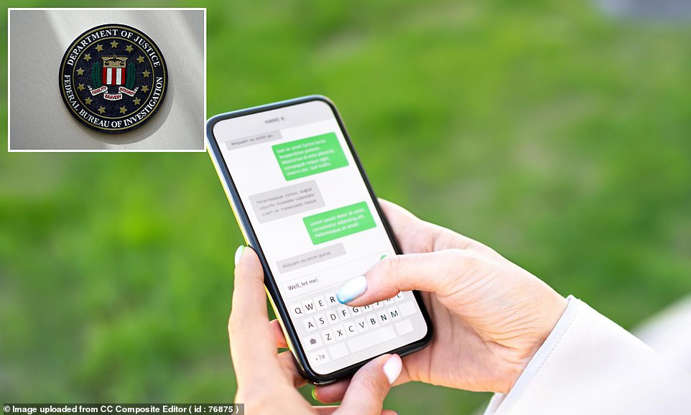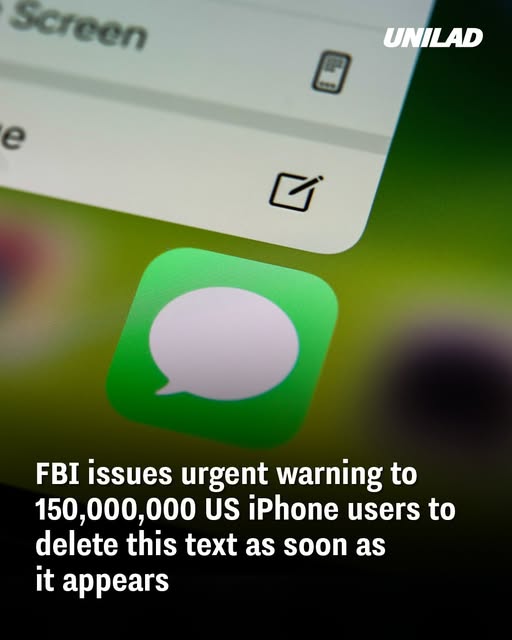Android and iPhone users received fake messages claiming they owe unpaid tolls, fines, or face looming licensce supsension or even jail time. FBI issued urgent warning to 150,000,000 US users to delete this text as soon as it appears.
Smishing Texts Surge 700%
Cybersecurity firms report a dramatic 700% spike in smishing attempts using fake DMV alerts during early June. The scam echoes a previous wave of unpaid toll scams, but with added menace. Scammers now mimic DMV communications to harvest personal and financial data.

How the Scam Works
Deceptive Threats
Victims get texts announcing final notices: “Unpaid toll/fine. Click to pay or your license will be suspended/jail consequences.”
Urgent Messaging
By invoking legal consequences and credit damage, these texts push victims into panicking and clicking the link.
Phishing Links
The messages include URLs that imitate state DMV sites. Scammers even use domains like “.gov-xin” to appear legitimate.
Why It’s Effective
- Fear + Urgency: The scam taps into anxiety about driving privileges or fines.
- Realistic Look‑and‑Feel: Use of official logos, faux administrative codes and mimicry of authentic DMV site design
- Location Targeting: Texts reference specific states, tailoring the message to the recipient’s locale
Who’s Being Targeted
These scams have been reported across dozens of states, including Tennessee, New York, California, Florida, Georgia, Illinois, Texas, and Washington, DC. Even Connecticut’s DMV recently alerted residents that they do not send enforcement notices via text.
FBI & Agency Advice
- Delete Immediately: If you receive one, do not click the link—just delete the message .
- Don’t Interact: Avoid replying or engaging; do not click or tap links .
- Verify Independently: Contact DMV directly using official phone numbers or websites—not those in the text.
- Report It: File incidents with the FBI’s Internet Crime Complaint Center (IC3) or the FTC
- Use Security Tools: Install antivirus or anti‑phishing apps to help flag and block dodgy messages
- Manage Privacy Settings: Block spam numbers or forward them to anti‑scam services; register your number on the Do‑Not‑Call list.
What to Do If You Clicked
- Act Immediately: Freeze bank cards, dispute fraudulent charges, and alert your financial provider.
- Monitor Your ID: Watch for suspicious account activity or new credit applications; consider a credit freeze.
- Report It: Contact your state’s DMV, local law enforcement, and file reports with IC3 and FTC.
- Secure Devices: Run a malware scan and change passwords, especially if sensitive info was entered
Stay Alert
This fake DMV text scam is part of a broader wave of sophisticated smishing attacks. The FBI estimates that a single operator could send two million scam texts daily—potentially targeting hundreds of millions per year. As these con artists adapt and refine their fake methods, it’s essential to remain cautious—especially of urgent, threat‑based messages regarding payments or legal issues.

Takeaway
Don’t click. Don’t reply. Delete. Report.
If you receive a text threatening action over a fine or toll, treat it as a scam. The DMV won’t demand sensitive info via text, and neither should you. Stay vigilant, secure your data, and help protect others by spreading awareness

















